Out of Africa: Paris' Fondation Cartier surveys 100 years of modern art in the DR Congo
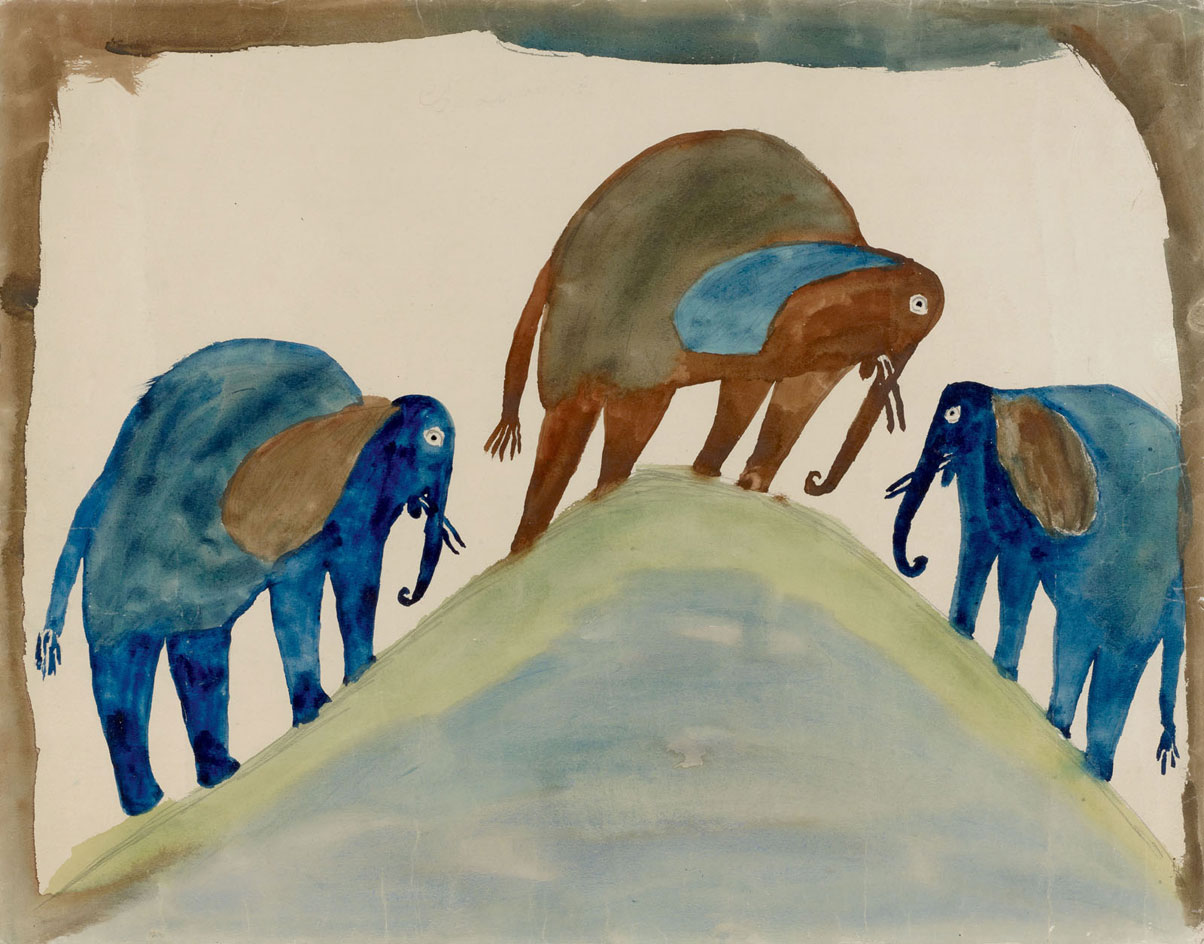
André Magnin, the chief curator of 'Beauté Congo' at Paris' Fondation Cartier pour l’Art Contemporain, has gathered over 350 works by 41 artists from the Democratic Republic of Congo to create the largest survey of the African country's vast and vibrant history of modern art to date. Spanning the mediums of photography, painting, sculpture, comics and music, the show covers almost 100 years of recent history, taking in several generations of artists, who have each witnessed, and in turn created, artistic responses to the country's conflict.
The exhibition's point of departure is 1926, when the DRC was still a Belgian colony and modern painting had only just started to catch on. The first known Congolese works come from Albert and Antoinette Lubaki and Djilatendo, who painted scenes of village life and the natural world on paper. Following the Second World War, French painter Pierre Romain-Desfossés's Atelier du Hangar art workshop liberated painters such as Bela Sara, Mwenze Kibwanga and Pili Pili Mulongoy. Twenty years later, following the 1960 shift to independence that saw Congo became Zaire under Mobutu, the 1978 exhibition 'Art Partout' in Kinshasa uncovered the work of new figurative painters Chéri Samba, Chéri Chérin and Moke.
The tumultuous years that followed – and the two consecutive wars in 1996–1997 and 1998–2003 – influenced the work of artists like Papa Mfumu'eto, whose independent 1990s comic book explored everyday life and struggles in the city of Kinshasa; and sculptor Bodys Isek Kingelez and Rigobert Nimi, who created detailed architectural models of utopian cities or roboticised factories.
Commenting on the country's ongoing unrest, new faces like J-P Mika and Monsengo Shula continue the approach of their elders, while artists Pathy Tshindele and Kura Shomali from the collective Eza Possibles create critical, unconventional collages and paintings.
As well as the many paintings, the work of post-independence photographers such as Jean Depara and Studio 3Z will be on show, capturing the lively and extravagant night life of Kinshasa in the 1950s and 1960s (Depara) and the attitudes and ardor of its youth in the 1970s (Studio 3Z).
Providing a soundtrack to the show will be songs by rumba singer-songwriter Tabu Ley Rochereau, Franco Luambo and his group OK Jazz, and Mbilia Bel, the Queen of Congolese rumba, among others carefully selected by Vincent Kenis of Crammed Discs in collaboration with Césarine Bolya. In addition, the duo will also present their never-before-seen documentary entitled Ndule Ya Kala – a series of candid interviews with those who participated directly or indirectly in Kinshasa’s 1960s music scene.
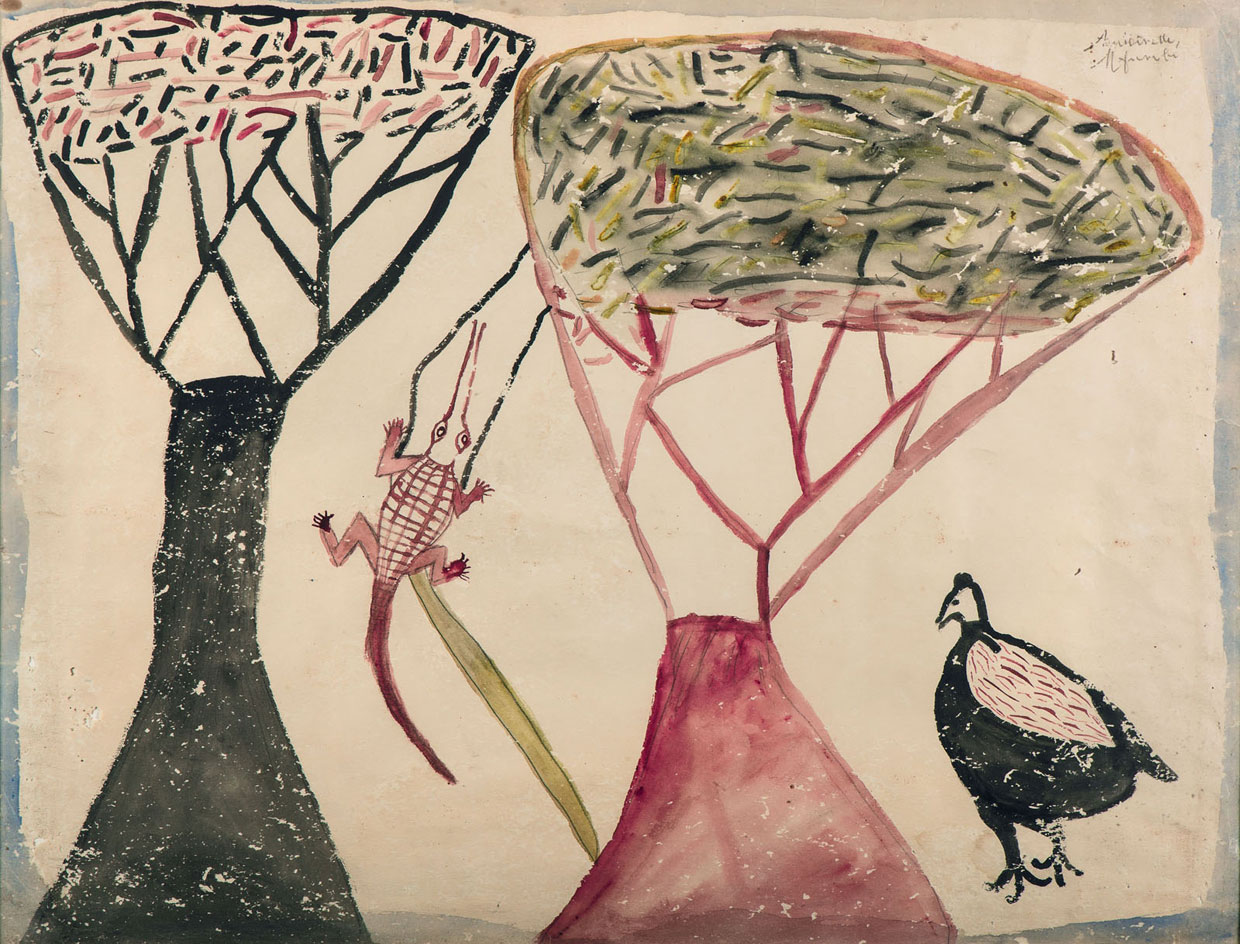
Spanning the mediums of photography, painting, sculpture, comics and music, the 'Beauté Congo' covers almost 100 years of recent history – from 1926 to the present day – taking in several generations of artists, who have each witnessed, and in turn created, artistic responses to the country's conflict. Pictured: Antoinette Lubaki, Untitled. Courtesy of the artist
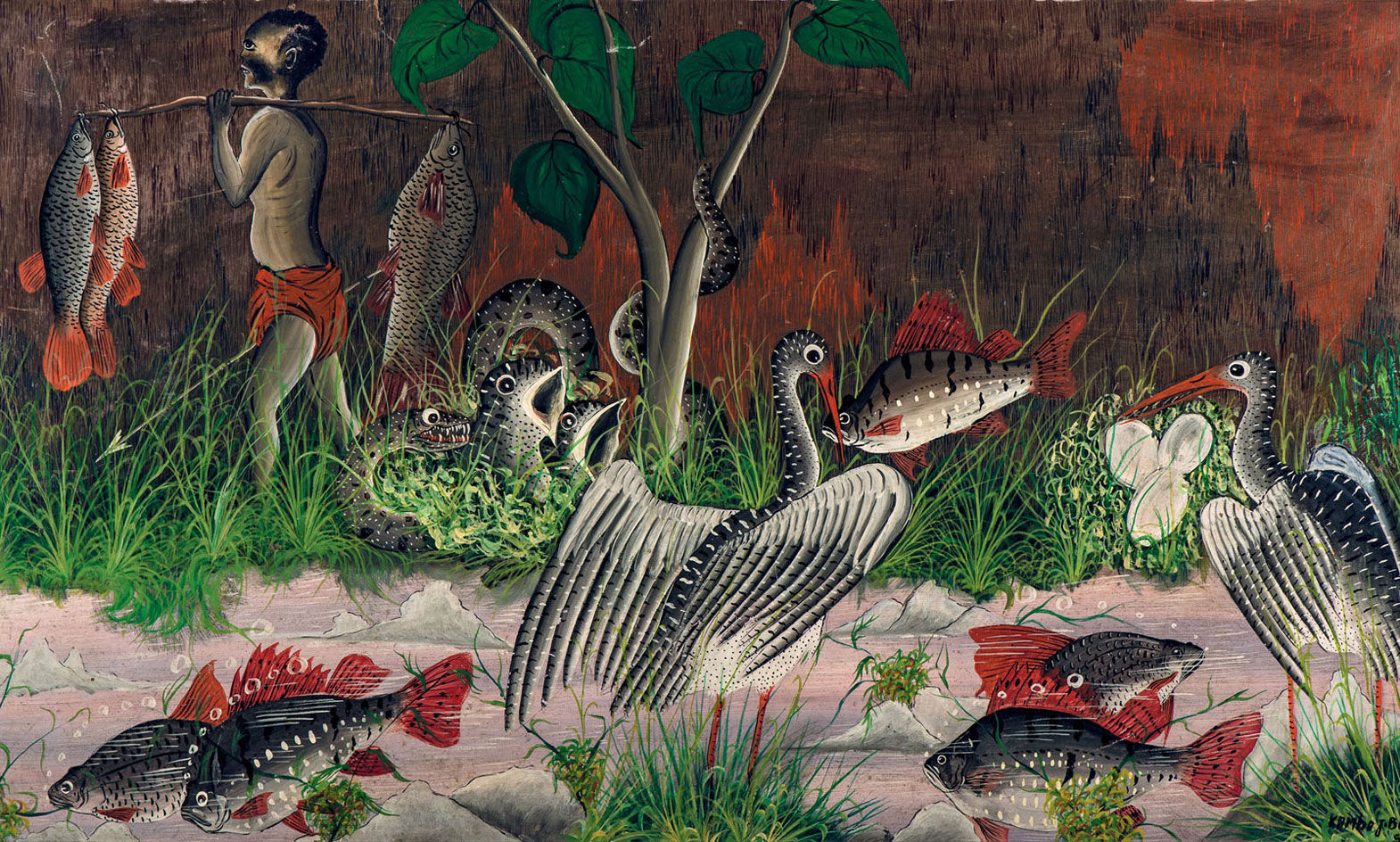
Jean-Bosco Kamba, Untitled, 1958. Courtesy of the artist and Pierre Loos, Brussels
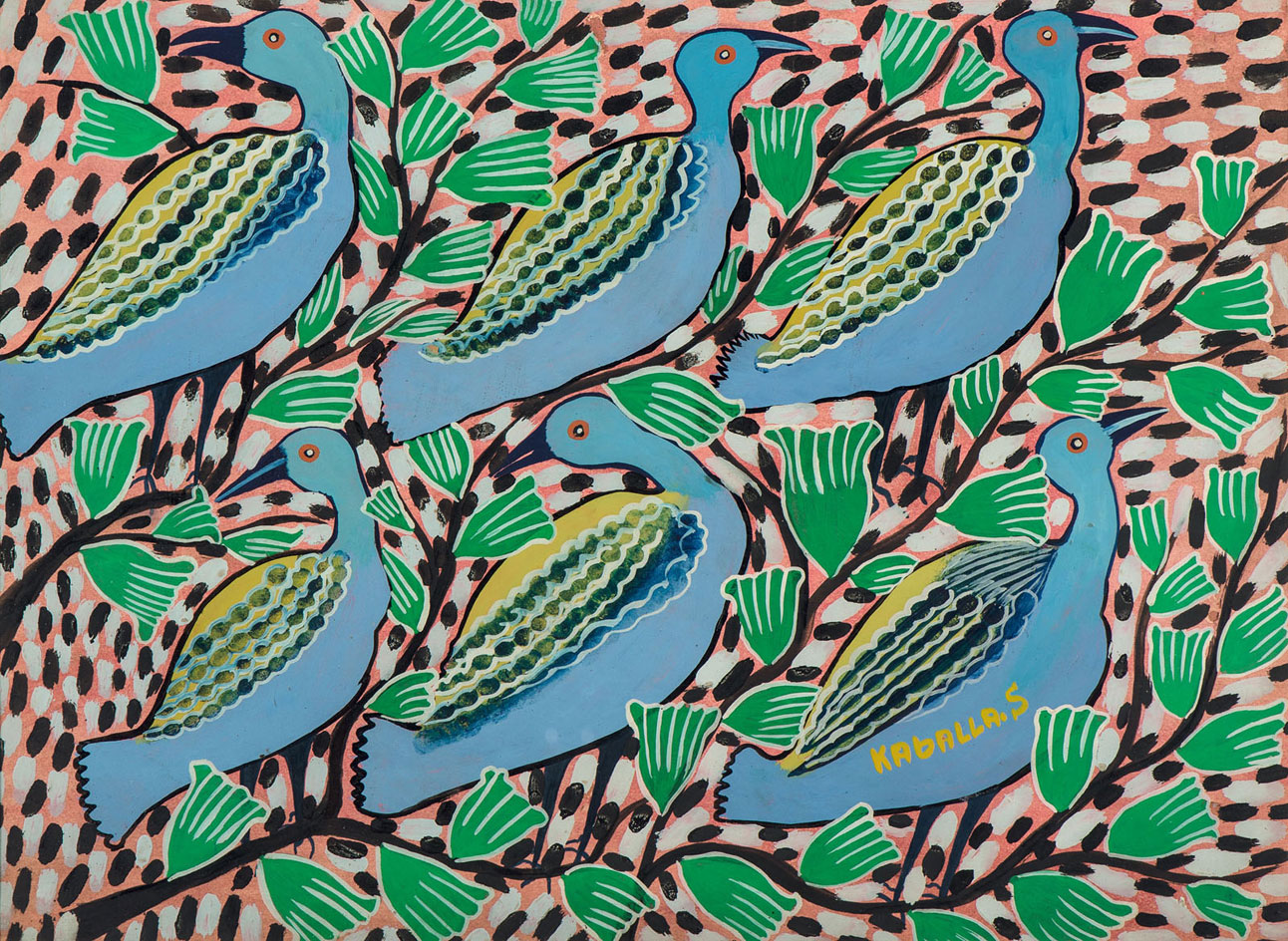
Sylvestre Kaballa, Untitled, c. 1950. Courtesy of the artist and Pierre Loos, Brussels
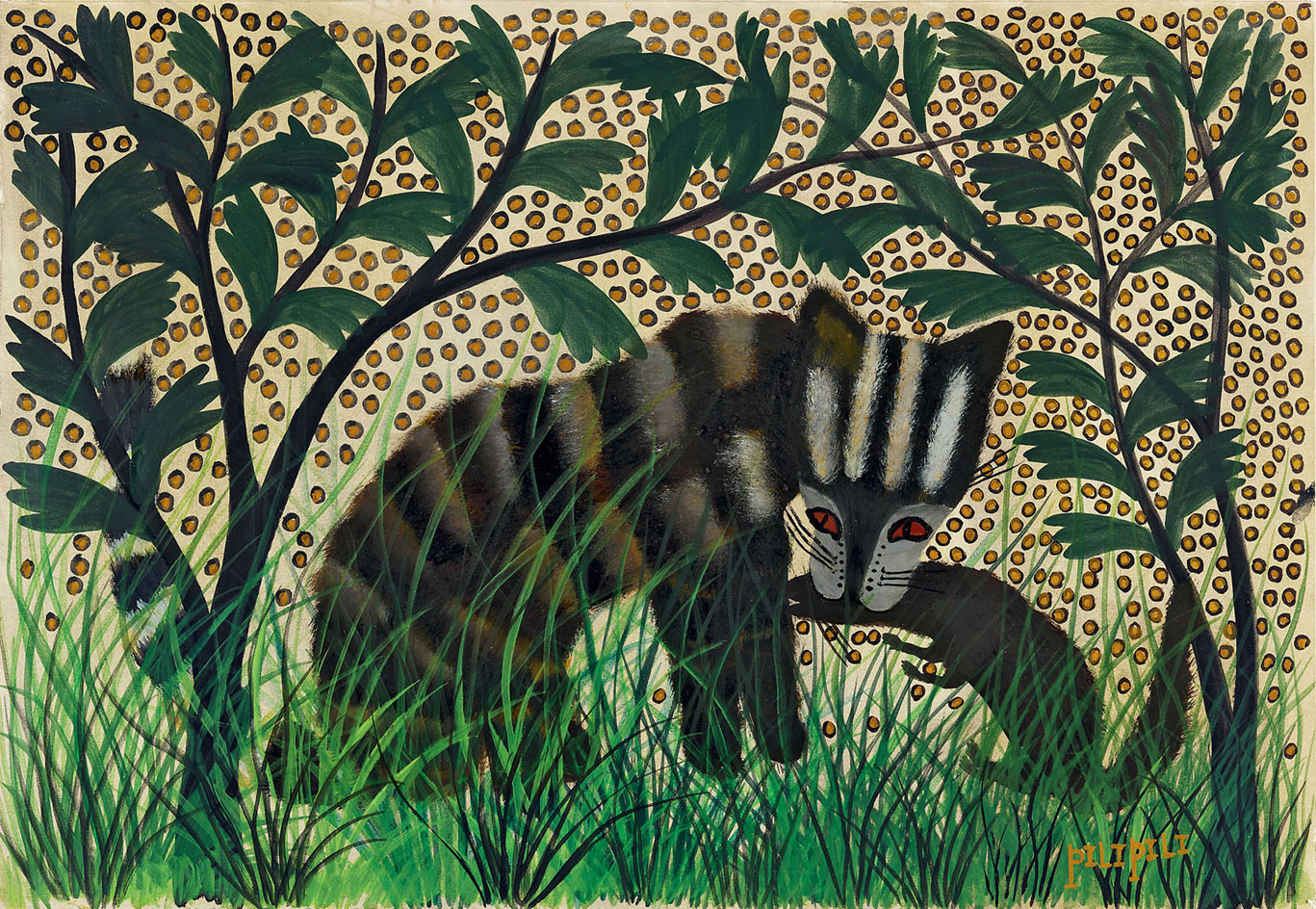
Pili Pili Mulongoy, Untitled, c. 1950. Courtesy of the artist and Pierre Loos, Brussels
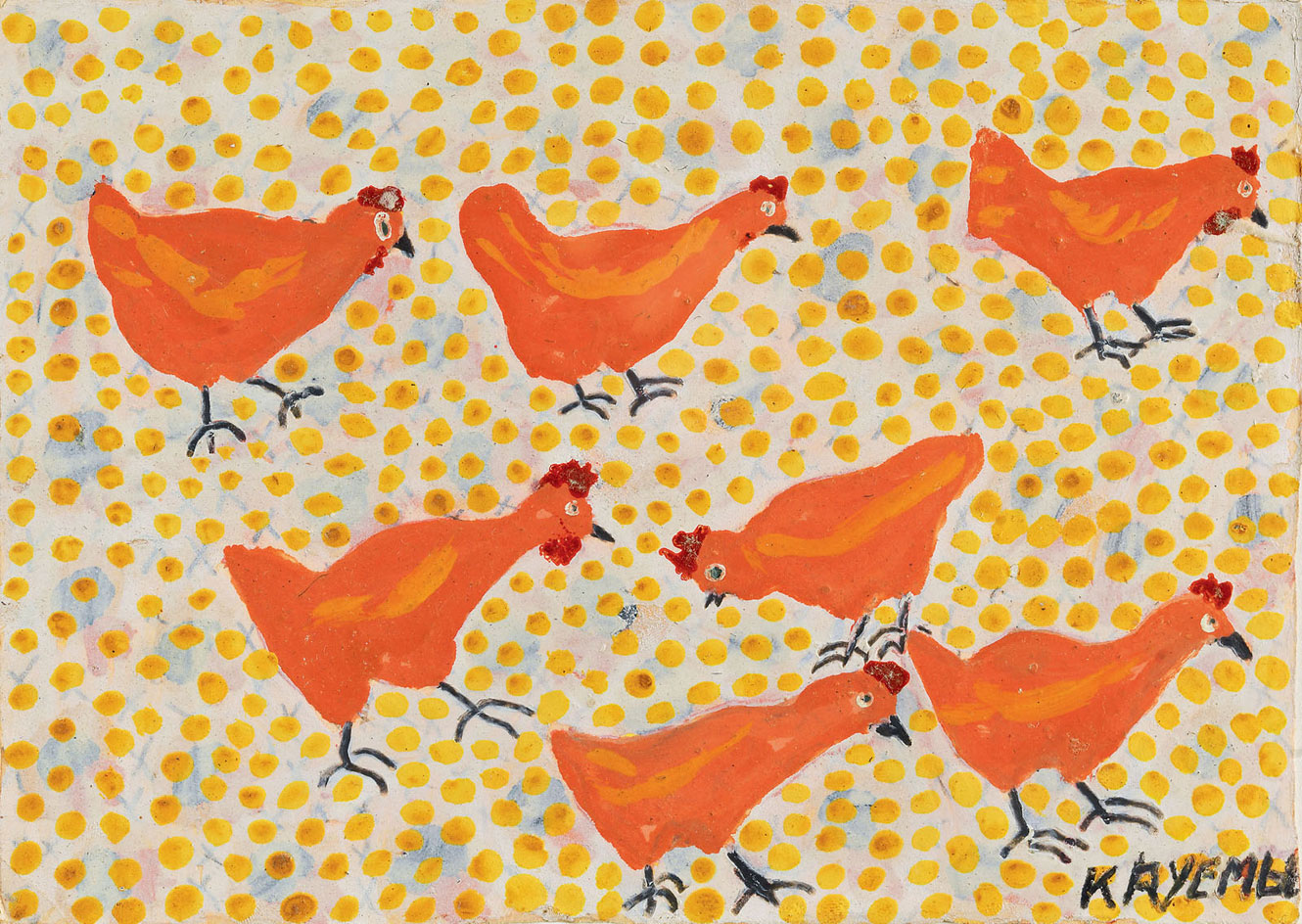
Kayembe, Untitled. Courtesy of La Fondation Cartier
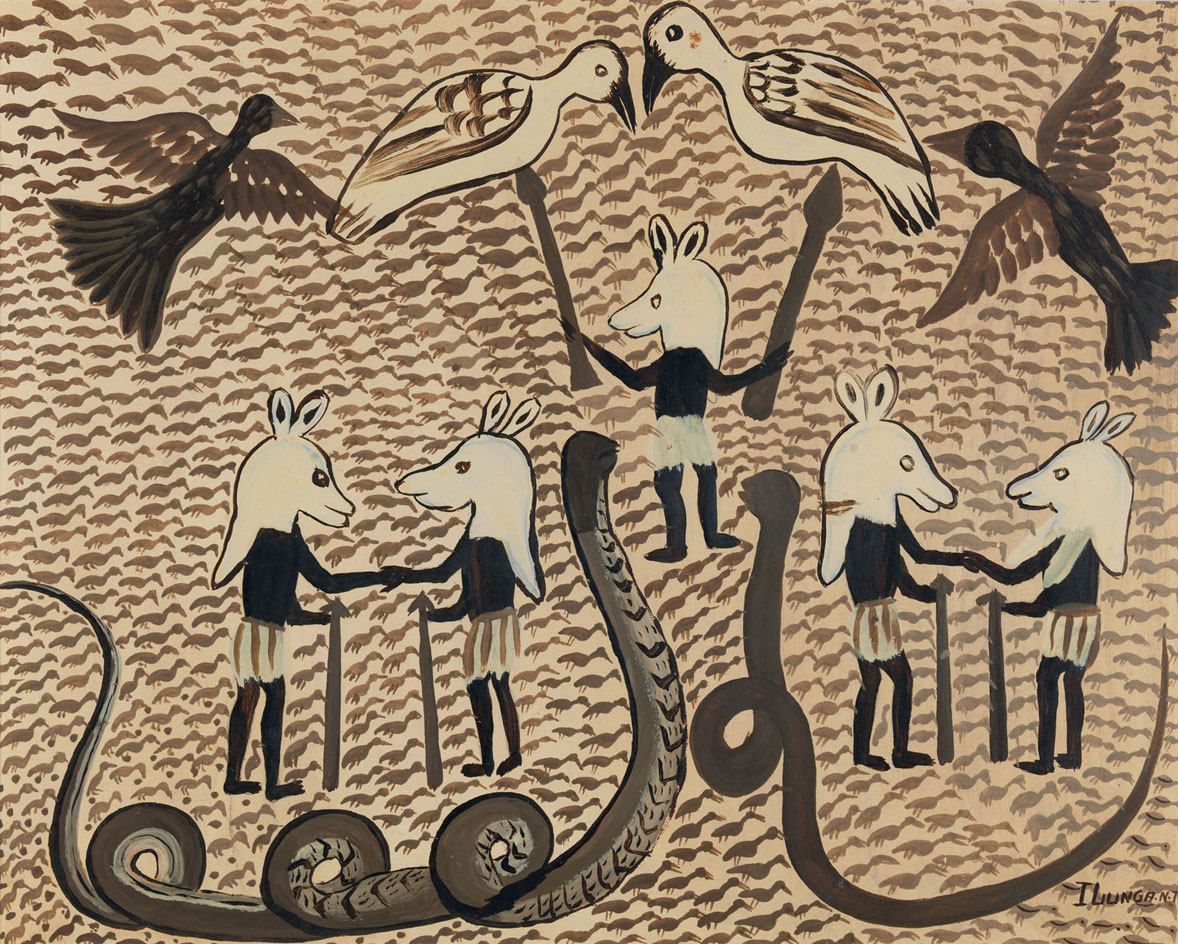
Norbert Ilunga, Untitled, c. 1950. Courtesy of the artist and Pierre Loos, Brussels
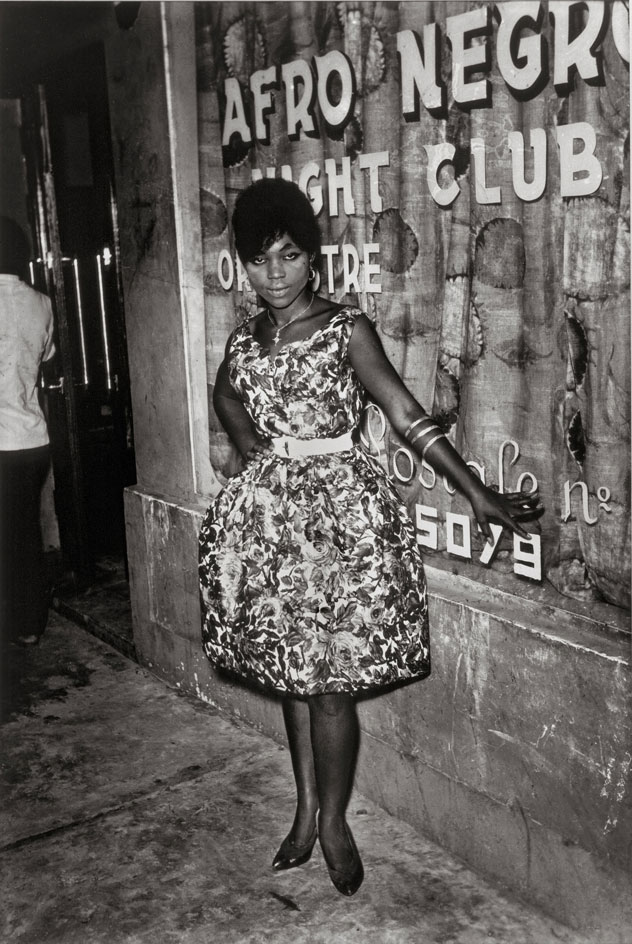
Jean Depara, Untitled (Moziki), c. 1955 – 65. Courtesy of the artist and the Pigozzi Collection
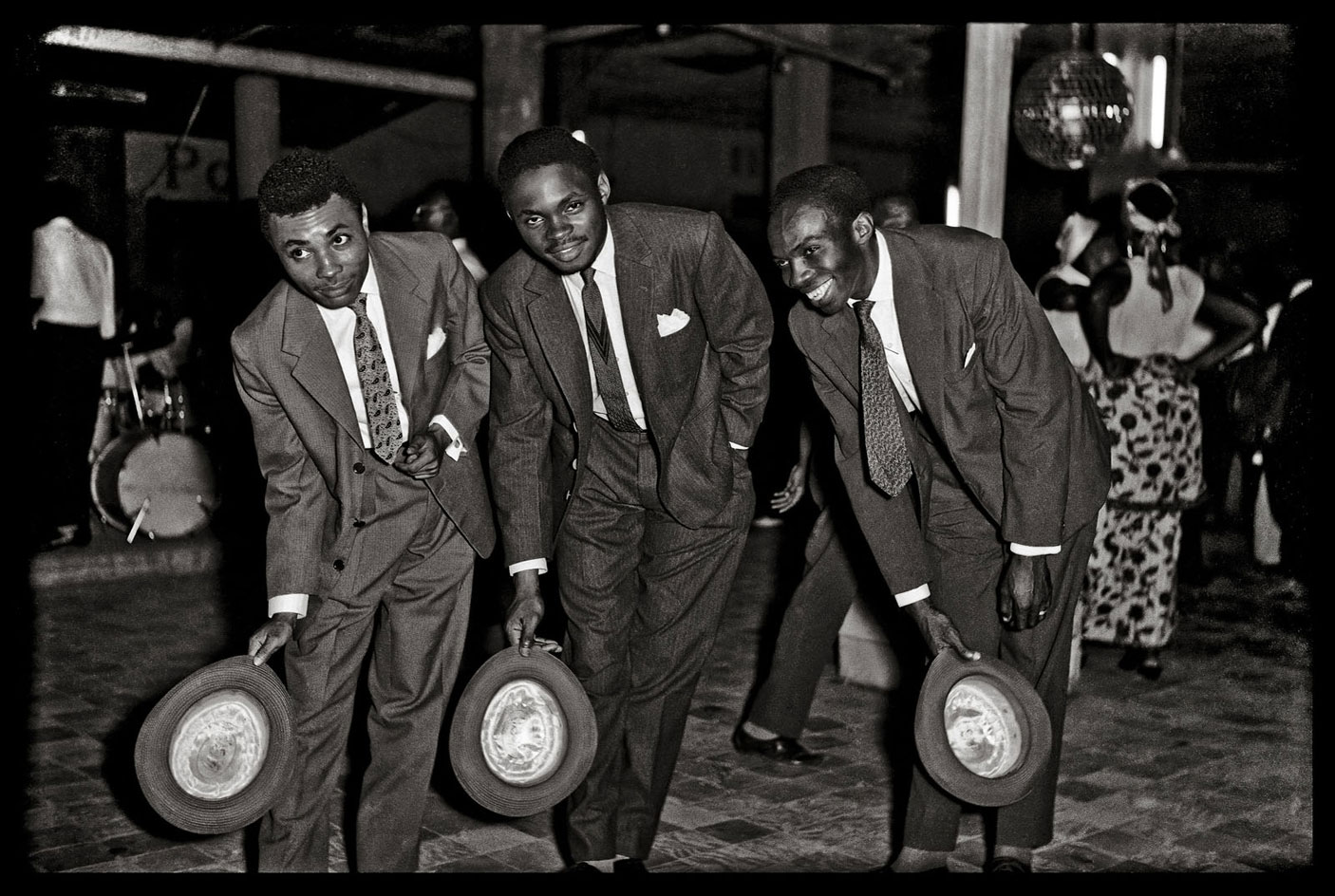
Jean Depara, Untitled, c. 1955 – 65. Courtesy of the artist and Revue Noire
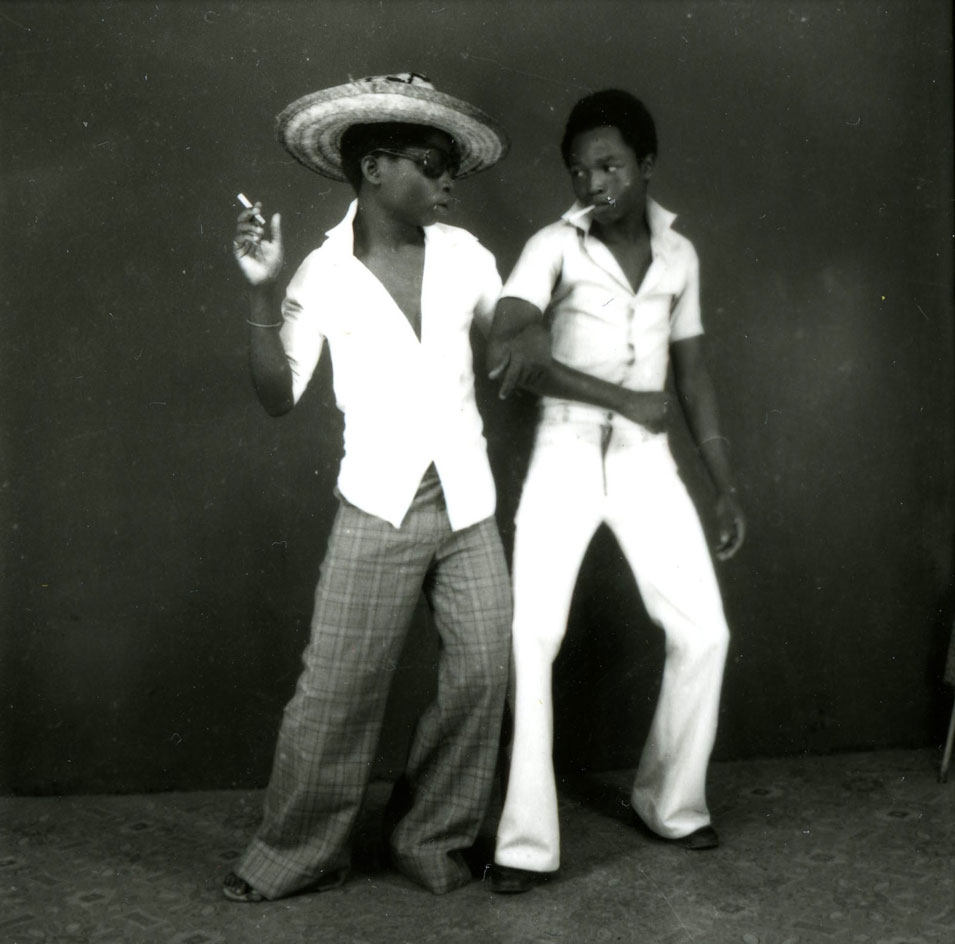
Ambroise Ngaimoko, Euphorie de deux jeunes gens qui se retrouvent, 1972.
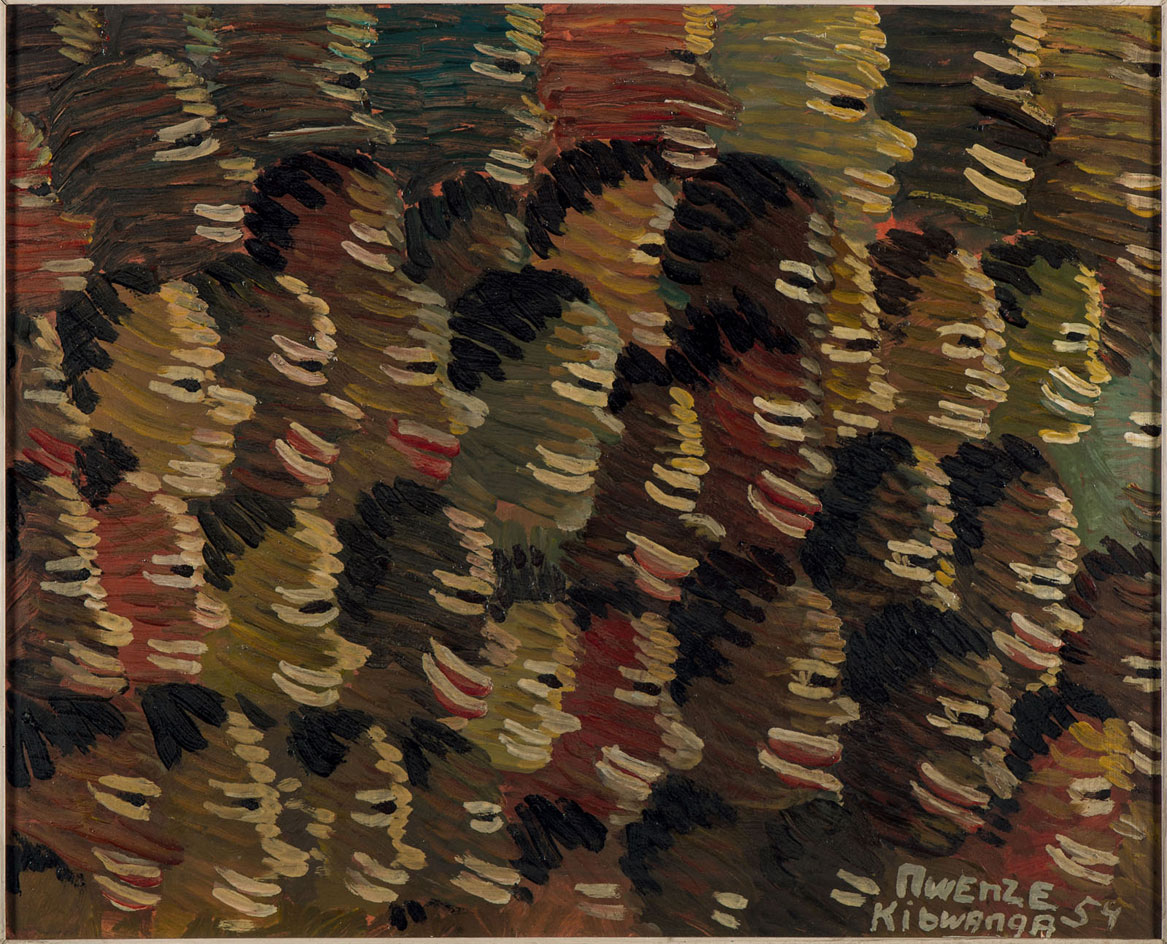
Mwenze Kibwanga, Untitled, 1954. Courtesy of the artist and Pierre Loos, Brussels
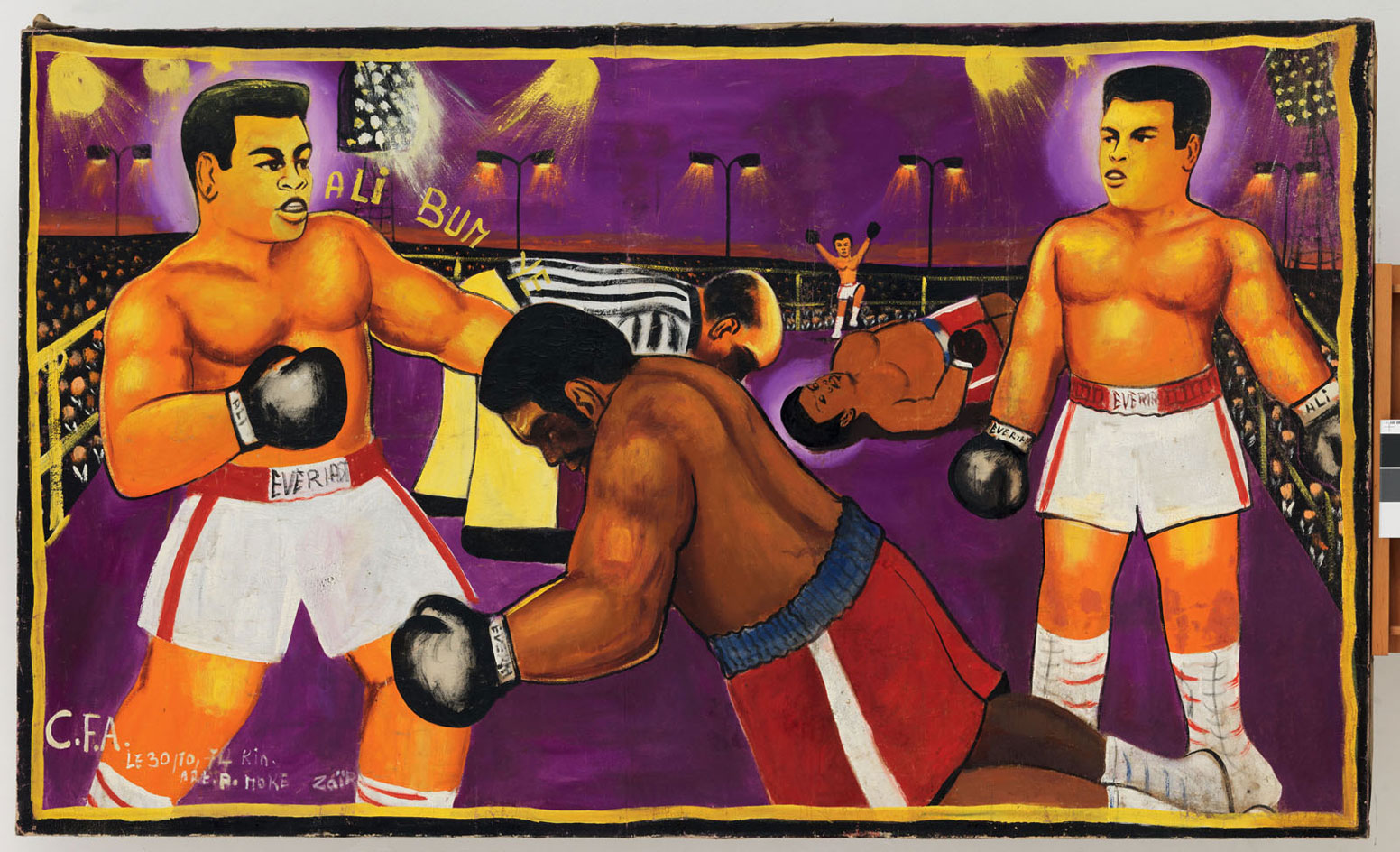
Moke, Untitled (Ali vs Foreman, Kinshasa), 1974. Courtesy of the artist
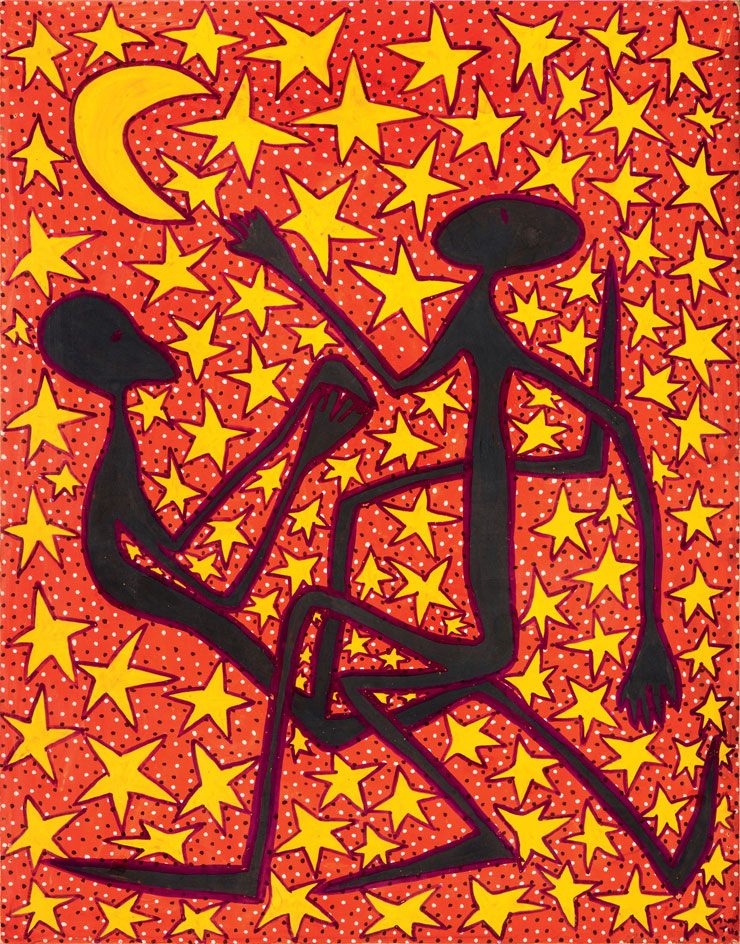
Mode Muntu, Le Calendrier lunaire Luba, 1979. Courtesy of the artist and Meir Levy, Brussels
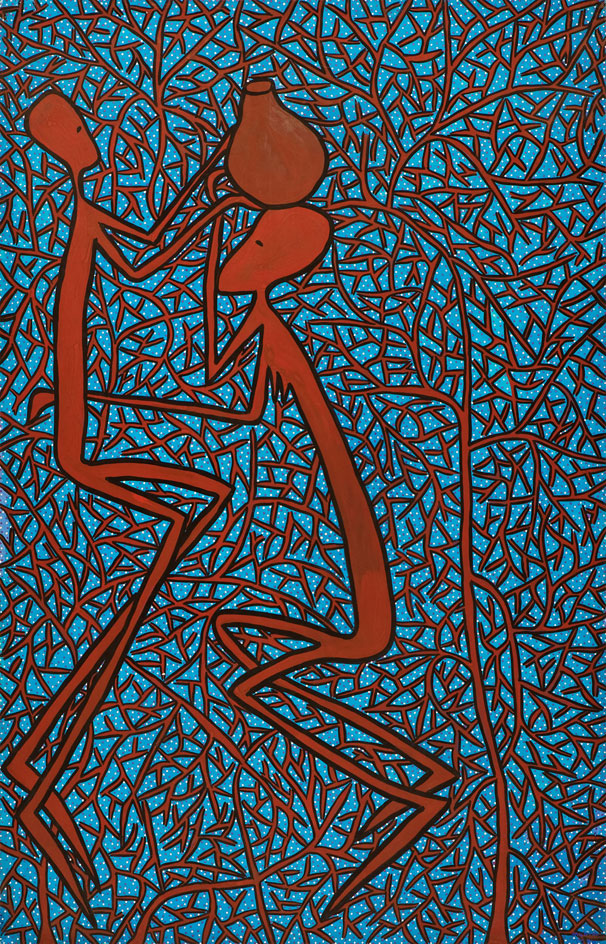
Mode Muntu, Kusaidia (L’Entraide), 1980. Courtesy of the artist and Michael De Plaen
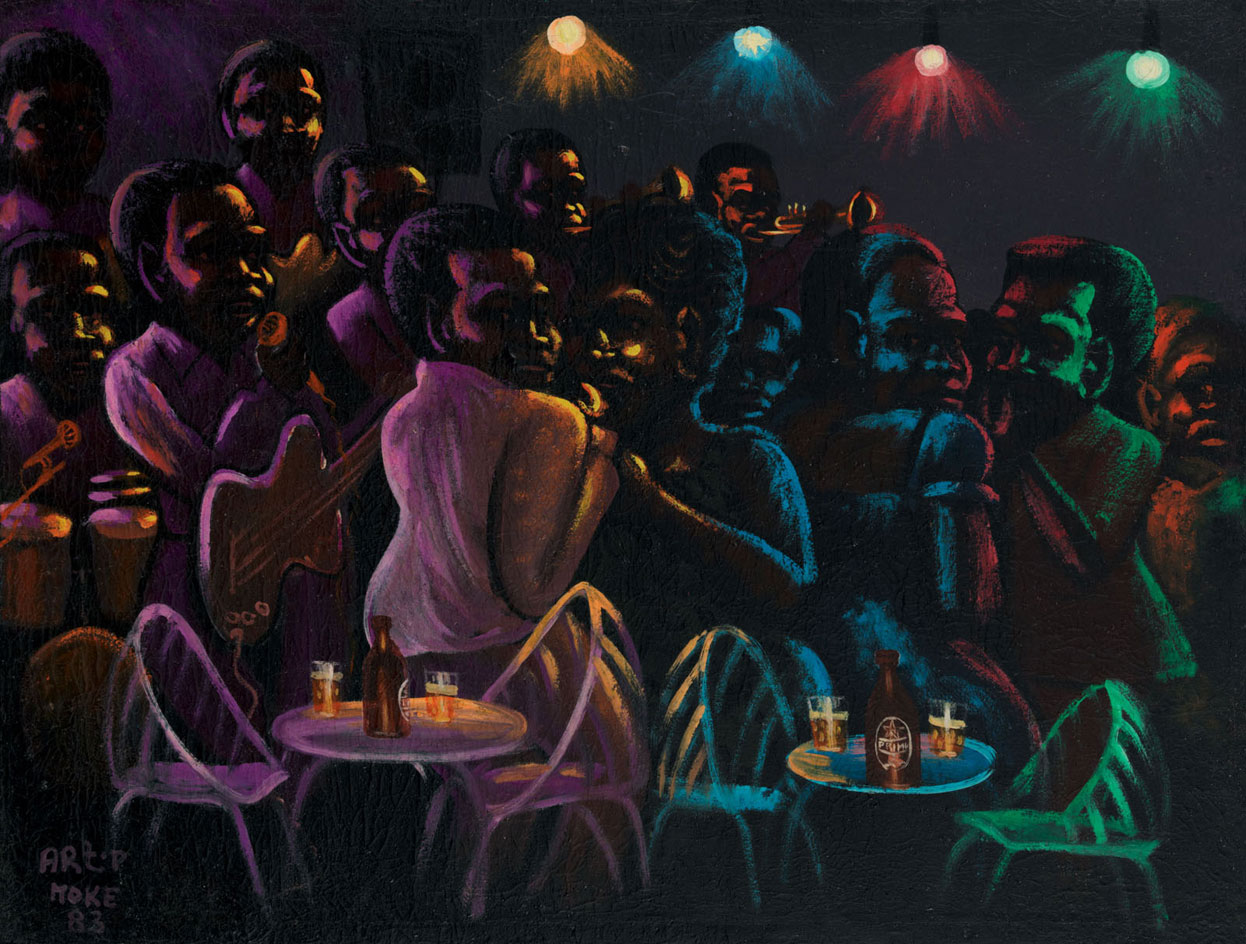
Moke, Kin Oyé, 1983. Courtesy of the artist
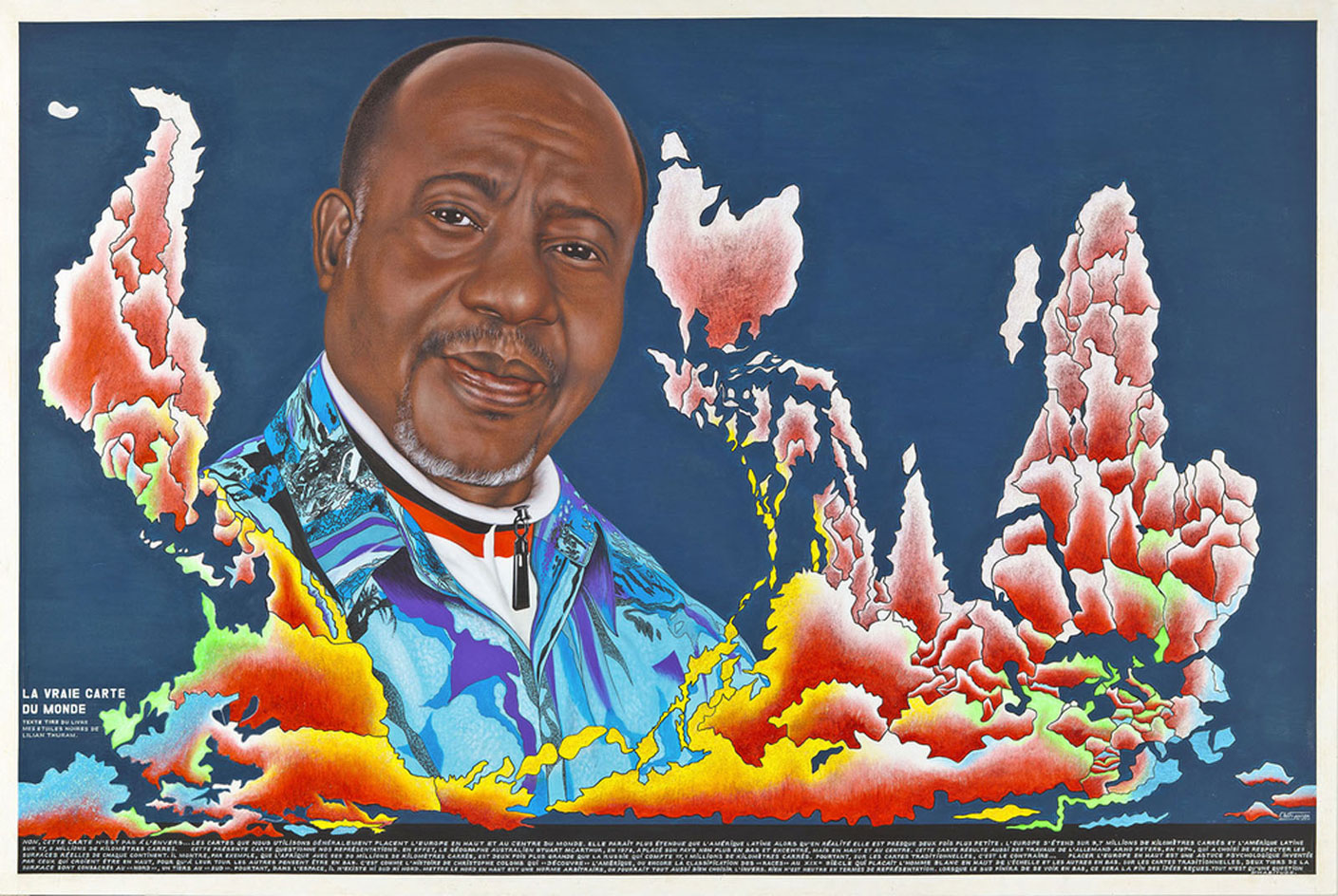
Chéri Samba, La Vraie Carte du monde, 2011. Courtesy of the artist and Fondation Cartier pour l’art contemporain, Paris
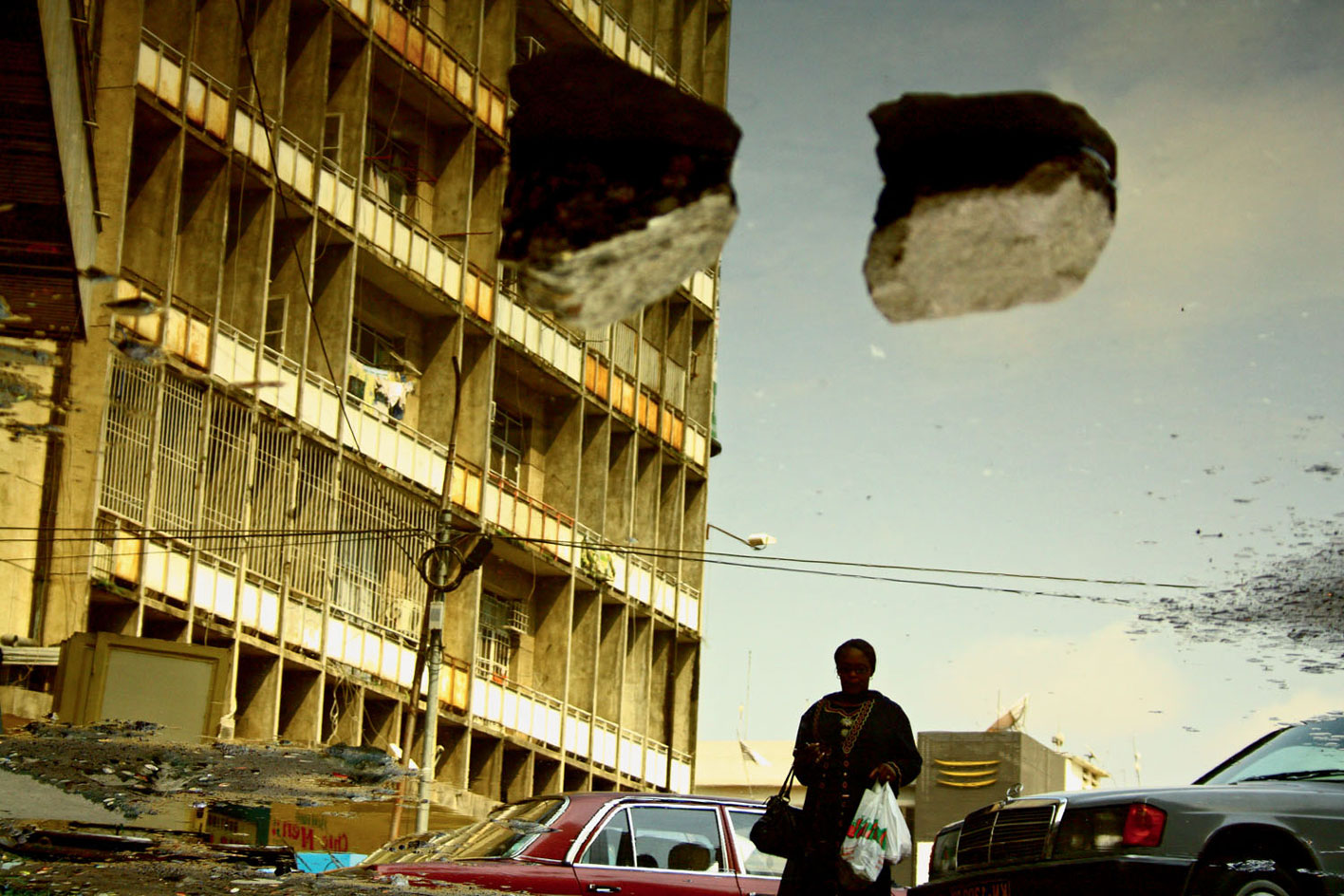
Kiripi Katembo, Subir, 'Un regard' series, 2011. Courtesy of the artist
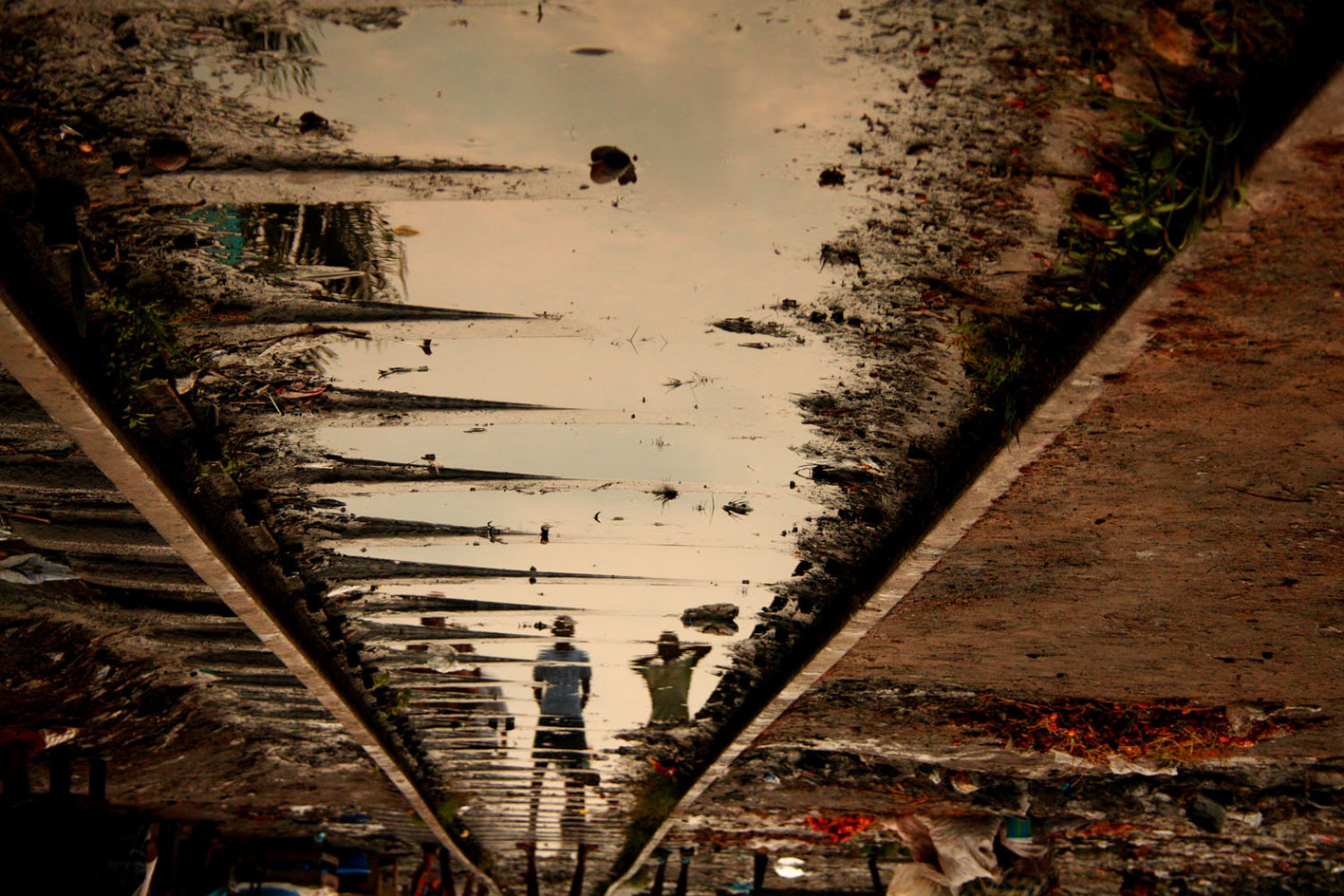
Kiripi Katembo, Tenir, 'Un regard' series, 2011. Courtesy of the artist
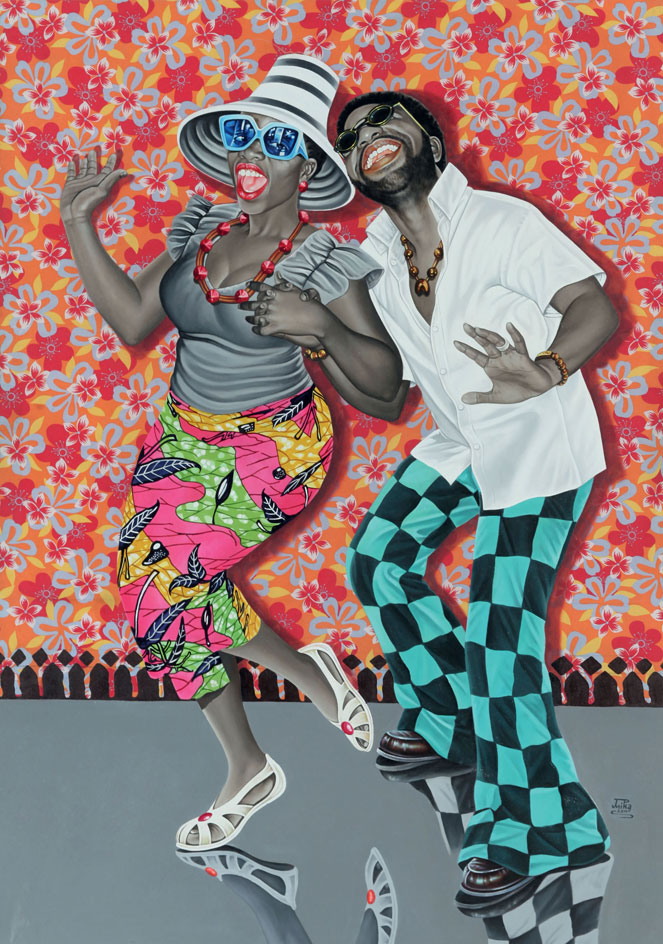
JP Mika, Kiese na Kiese (Le Bonheur et la Joie), 2014. Courtesy of the artist and Pas-Chaudoir collection, Belgium
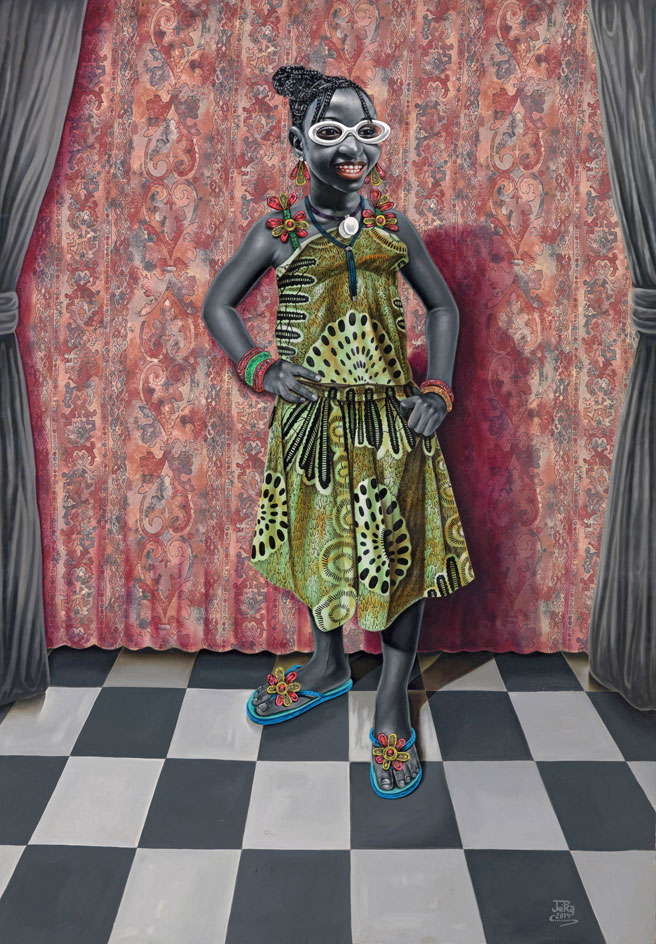
JP Mika, La Nostalgie, 2014. Courtesy of the artist and The Hague
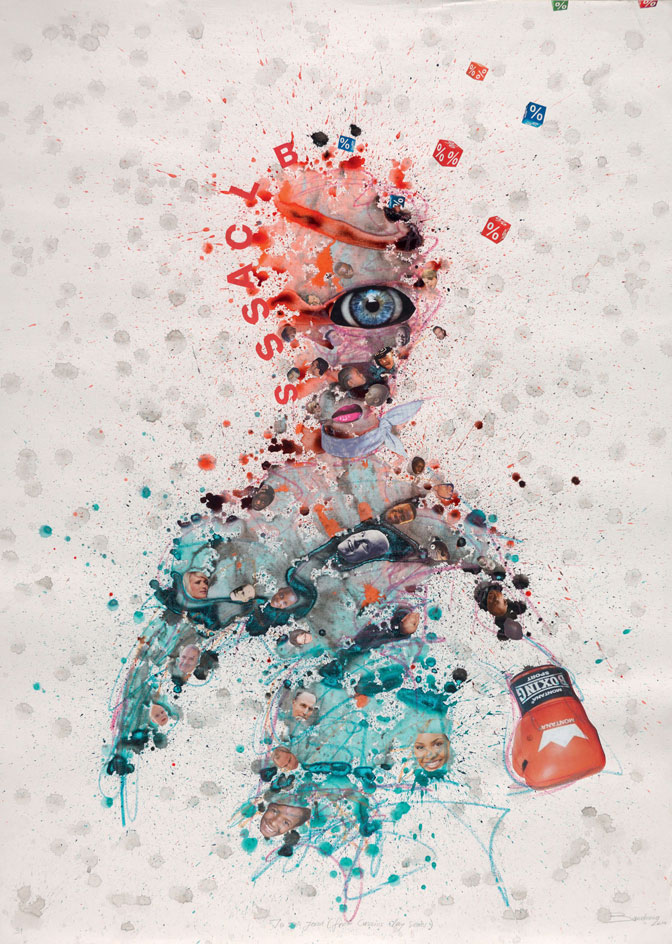
Steve Bandoma, Je suis jeune, 'Cassius Clay' series, 2014. Courtesy of the artist
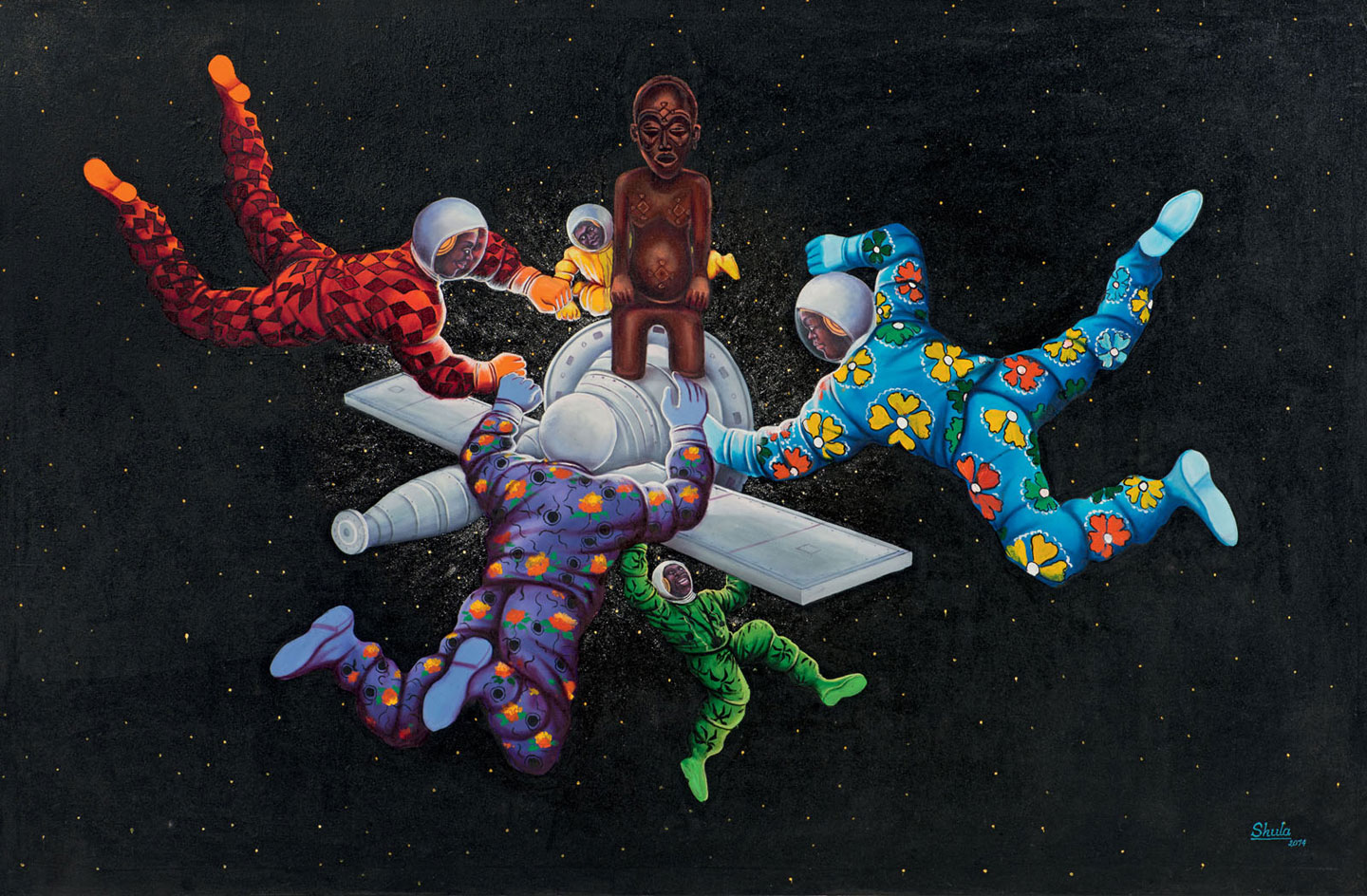
Monsengo Shula, Ata Ndele Mokili Ekobaluka (Tôt ou tard le monde changera), 2014. Courtesy of the artist
ADDRESS
Fondation Cartier pour l’Art Contemporain
261 Boulevard Raspail
75014 Paris
Receive our daily digest of inspiration, escapism and design stories from around the world direct to your inbox.
Ali Morris is a UK-based editor, writer and creative consultant specialising in design, interiors and architecture. In her 16 years as a design writer, Ali has travelled the world, crafting articles about creative projects, products, places and people for titles such as Dezeen, Wallpaper* and Kinfolk.
-
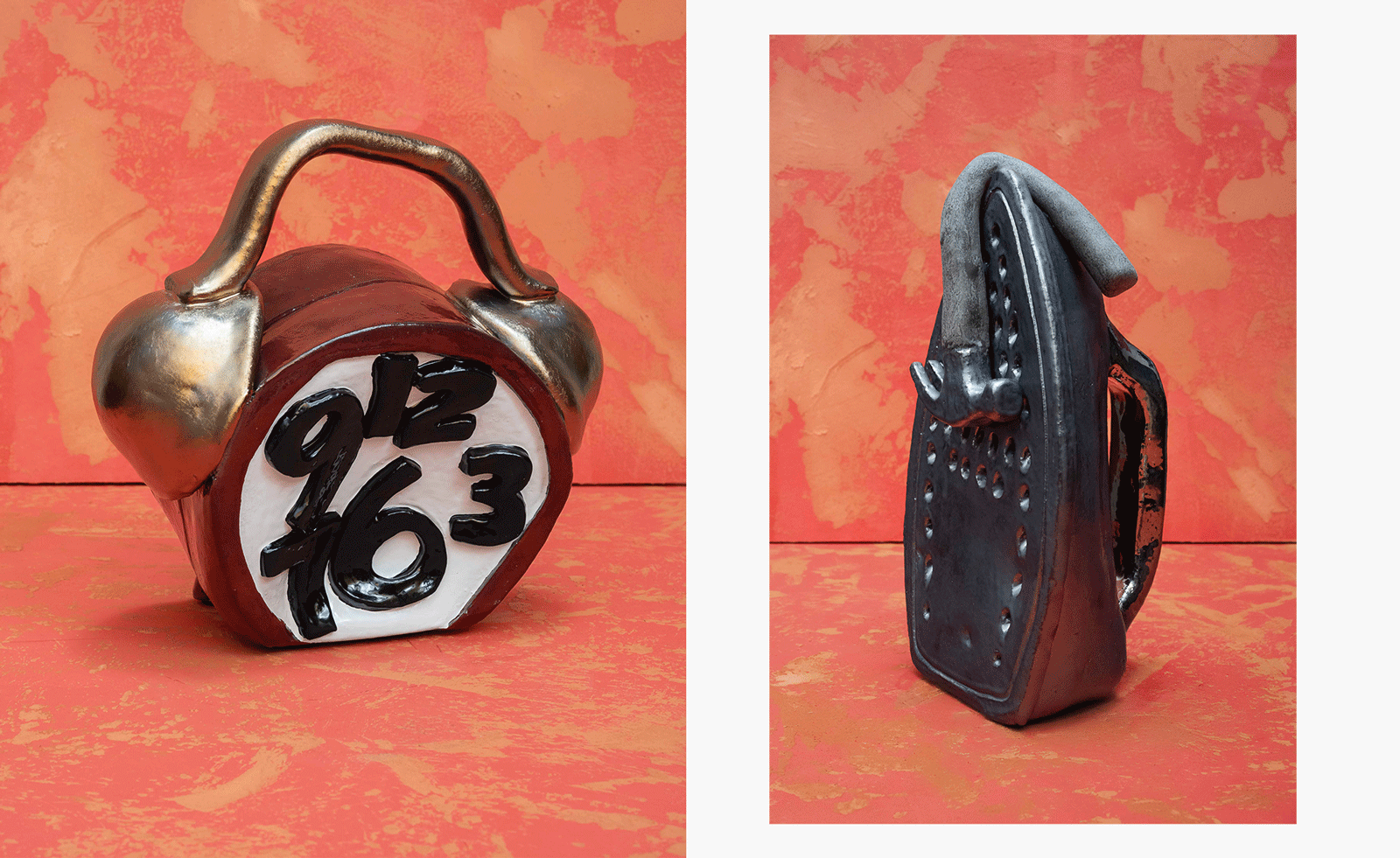 Sculptor Woody De Othello paints a Miami museum red for a show that ‘almost hugs you’
Sculptor Woody De Othello paints a Miami museum red for a show that ‘almost hugs you’The Miami-born, California-based artist opens his first museum exhibition in his hometown as an experiential journey through life and lifeless objects
-
 Alpine A390 GT: French, fast and fun. A sporting EV with a real sense of occasion
Alpine A390 GT: French, fast and fun. A sporting EV with a real sense of occasionAlpine doubles down on its fast electric credentials with the A390 GT, the French performance brand’s largest car to date
-
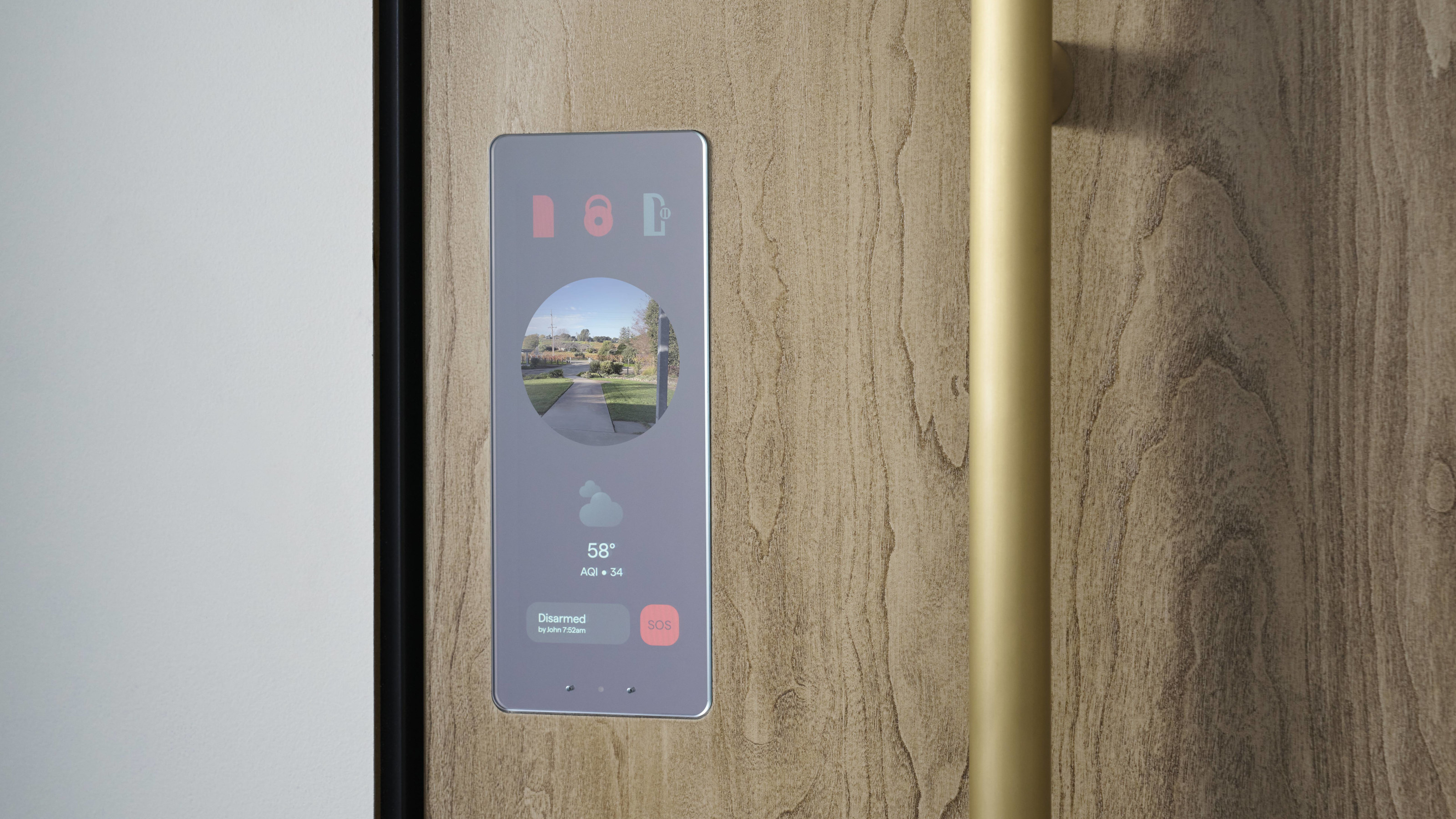 Forget smart homes, Doma's 'intelligent' doors open at the sight of a familiar face
Forget smart homes, Doma's 'intelligent' doors open at the sight of a familiar faceYves Béhar and Jason Johnson have founded Doma, a tech start-up dedicated to seamlessly integrating tech into your daily life